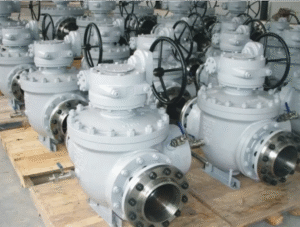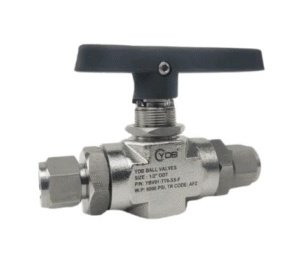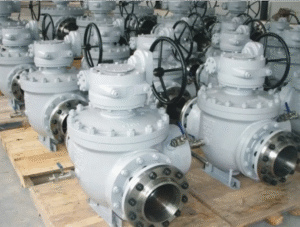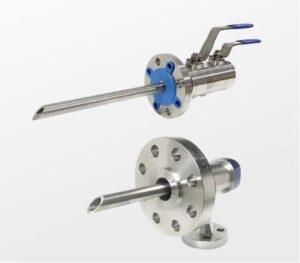It seems that valves come in three flavours: black, silver and gold, if you walk into any big PVF warehouse and look around. Iron, steel and bronze are these “flavours,” representing the lion’s share of valve body materials used in the valve industry today.
To achieve efficient valve design and function, valve manufacturers in the UAE often use hundreds of other metals and alloys. So, why do we need a wide range of valve construction materials? Why can’t the golden valve work for anything in the big box store? The response is that valve materials, particularly valve body materials, are mainly selected for two reasons: strength and resistance to corrosion. And one type does not suit everything in the valve material range.
Strength in a valve is its ability to withstand the fluid’s internal stresses under pressure being contained and operated. Strength can be measured in many ways, but the most common measure is the tensile strength of the metal being quantified. Tensile strength is the metal’s resistance to stretching or cracking when pulled.
The metal’s tendency to stretch slightly is called ductility, and in valve applications, some ductility usually is beneficial. Not all metals, however, have strong ductility. For instance, cast iron is not ductile, and before it splits, it bends very little. This absence of ductility is known as brittleness. Although cast iron, brittleness is required, in most valve metals such as cast steel, it is not anticipated and undesired. Below are some of the commonly used for valve making
Bronze and Iron Rule
With bronze and iron as the materials of choice for valve production, the 19th century came to a close. The extra high 250 psi steam working pressures of the time could also accommodate these materials. Steel castings have been making their way into the UAE’s valve manufacturing company since the Bessemer converter jump-started the steel era in the 1860s. Initial attempts to overcome this problem of materials culminated in Ferro-steel production, also called semi- steel, a much stronger cast iron. This material was a cast iron that, during the melting process, had been mixed with steel scrap.
In the UAE Meeting development, the valve manufacturing company needs to encourage a great deal of technical innovation, like valve design. A need for alloys to withstand the stresses, temperatures and corrosion produced by these processes was created by the race for synthetic rubber, 100 octane gasoline and other valuable items required for the war effort. In these plants, valves made of austenitic stainless steel helps control demand, and these materials are still a staple today.
Elastomers
This was the most crucial valve material to come out of the 20th century, as an elastomer called Teflon. This material gave life to the soft-seated industry of ball valves. It is fair to assume that
today’s immense ball valve industry without Teflon does not exist.
While selecting valve shell material is important, other components must receive the same treatment when selecting materials. Of special concern is the trimming of the valve. The closing components in a valve, including the disk, ball and seats, and the stem or spindle, all exposed to the fluid contained in the valve, are loosely known as valve trim. Due to the need to consider corrosion resistance and potential erosion caused by the high velocity produced as the valve is closed and opened, the selection of valve closure element materials from valve manufacturers in the UAE is important





